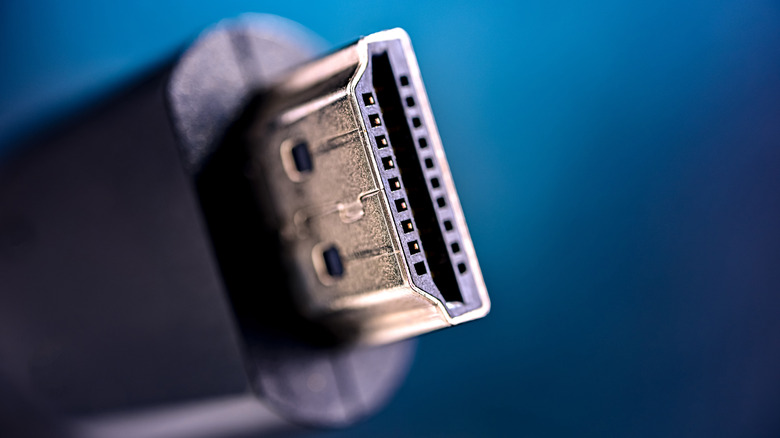What Does 'HDMI' Actually Mean?
The tech space, and especially audio and video, is jam-packed with acronyms. From TV types like LED (Light Emitting Diode) and OLED (Organic Light-Emitting Diode), to descriptors for equipment like AVR (Audio Video Receiver), and audio technologies like DTS (Digital Theater Systems); it can get confusing. Linking everything together is typically another acronym: an HDMI cable.
You've likely heard this term or at least know that this is the type of cable you need to connect your TV to your receiver, speaker, game console, or other source devices. You have an idea of what the port and connector look like, but you might still be confused by what it actually means. Understanding that will help you better appreciate why having a high-quality HDMI cable is important to complete your home theater setup, games room, or living room setup.
HDMI stands for "High-Definition Multimedia Interface," and it does exactly what you think: Transmits high-quality audio and video signals from source device to a smart TV or other display. The single cable can carry both signals, allowing for simple and clean setups. With the latest standards, you can enjoy Hi-Fi audio like Dolby Atmos and high-res 4K video.
What HDMI actually means
Breaking it down, "HD" refers to the quality of the signal: the higher the quality, the more bandwidth has to pass through, meaning you need a cable that can support that bandwidth. "M" for Multimedia refers to the ability to support both video and audio. Finally, "I" for Interface describes the method of connection between the two devices, like a TV and soundbar, or a monitor and computer. Wireless HDMI uses an HDMI transmitter, ideal if distance is an issue, so you don't have to run long cables.
By comparison, the formats that HDMI replaced (including composite video, S-Video, VGA, and eventually DVI) could not handle the same amount of data as HDMI, nor both video and audio from the source device to the TV through the same cable. Keep in mind, however, that the version of HDMI matters. HDMI 1.4 and earlier, for example, can only support up to 1080p at 60Hz (Full HD), while HDMI 2.0 and later can support up to 4K at 60Hz or more.
Along with traditional HDMI ports and cables in TVs and other AV equipment, there are also smaller mini and micro-HDMI formats designed for devices like camcorders and tablets.
The latest advances in HDMI
Since the first HDMI standard was developed in 2002, designed to improve upon DVI through a smaller connector and the addition of audio capabilities, the tech has evolved leaps and bounds. HDMI CEC (Consumer Electronics Control), for example, allows you to use a single remote to control numerous connected devices. HDMI Ethernet Channel (HEC) lets you share a network connection.
A newer addition is HDMI ARC (Audio Return Channel), which can send an audio signal in the opposite direction, from a display to a connected audio system, ideal for content like streaming video from a smart TV. Enhanced ARC (eARC) affords support for immersive audio formats like Dolby Atmos and DTS:X. The latest HDMI 2.2 spec supports higher resolutions up to 8K, as well as higher refresh rates for future-proofing once more 8K content becomes available. Another important aspect of HDMI worth mentioning is HDCP (High-bandwidth Digital Content Protection), a form of encryption to prevent unauthorized copying (and distribution) of copyrighted content, like movies and concert DVDs.
Bottom line: HDMI affords cleaner, crisper pictures and audio from a single cable, simplifying your setup, facilitating the best viewing experience, and keeping everything neat and tidy in your home theater, living room, games room, or home office.


